
The Wooden Drum Festival Experience in Awa Mountain Area in Ximeng, Puer City
Welcome back to my travel blog! Today, I’m thrilled to share with you a cultural gem I discovered during my travels in Yunnan Province, China – the Wooden Drum Festival in Awa Mountain, located in Ximeng County, Puer.
The Journey to Ximeng County
The trip to Ximeng was an adventure in itself. Nestled in the lush mountains of Puer, Ximeng is not your typical tourist destination, which only added to its allure. We drove through winding roads surrounded by the verdant landscape of tea plantations and dense forests, with each turn promising new wonders.
Arrival and First Impressions
Upon arrival, the air was filled with excitement. The Wooden Drum Festival, or “Mu Gu Ji” in local language, is an important event for the Wa people, an ethnic minority known for their rich traditions and vibrant festivals. The town was buzzing with preparations, colorful decorations adorned the streets, and the sound of the wooden drums echoed in the distance.
The Festival Begins
The festival kicked off with a grand parade. Locals dressed in traditional attire, with elaborate headdresses and intricate embroidery, danced through the streets. The rhythm of the wooden drums was hypnotic, setting the pace for the dancers and drawing in the crowd.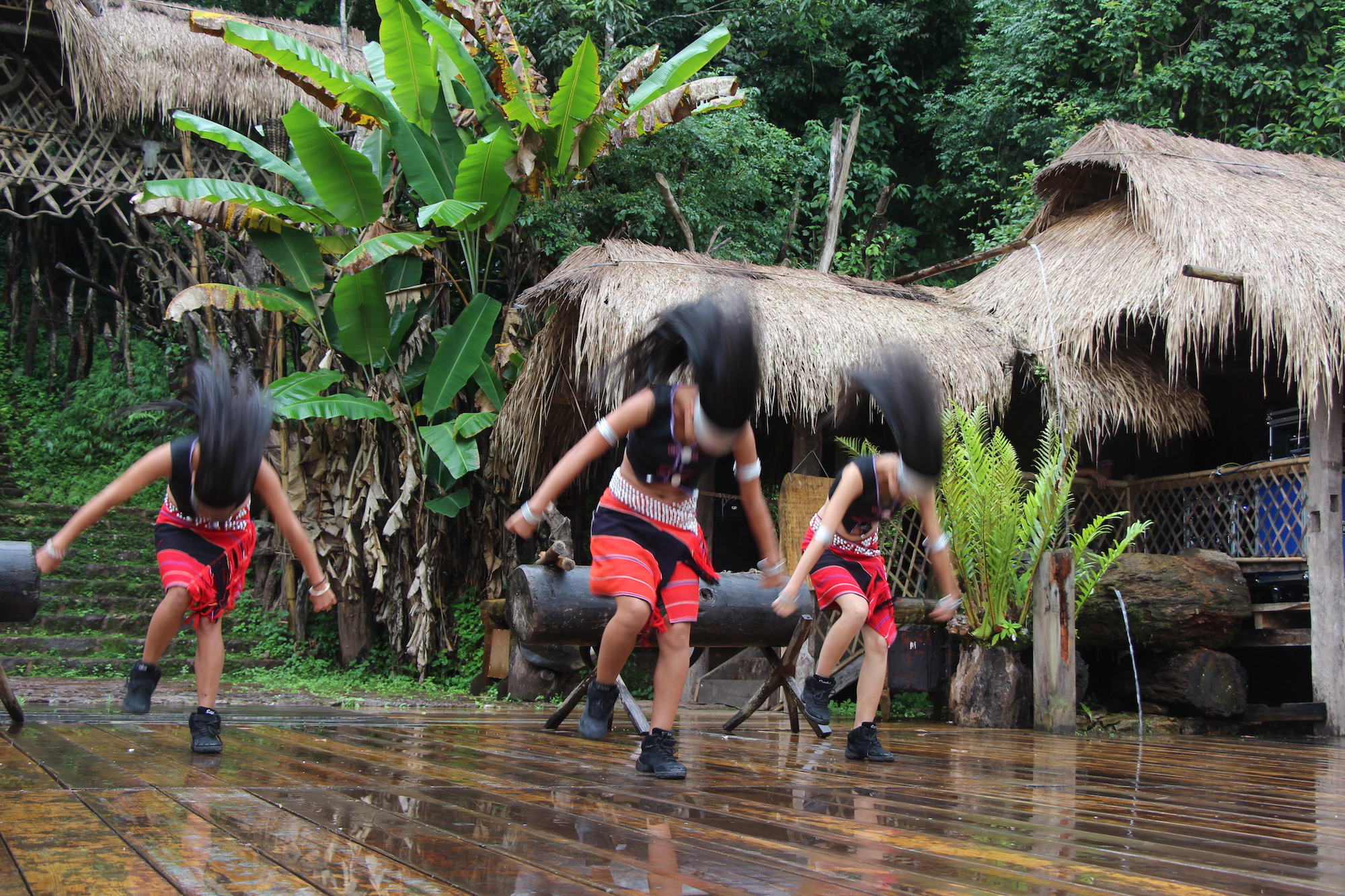
The Heart of the Celebration: The Wooden Drums
The wooden drums, central to the festival, are not just musical instruments but also carry deep cultural and spiritual significance for the Wa people. They are believed to connect the human world with the spirits of nature and ancestors. Watching the elders play the drums with such reverence was a poignant reminder of the importance of preserving cultural heritage.
Traditional Dances and Rituals
Throughout the day, we were treated to various performances, each telling a different story of the Wa people’s history and beliefs. The dances ranged from graceful to energetic, and it was impossible not to get swept up in the festivity.
The Feast
No festival is complete without a feast, and the Wooden Drum Festival was no exception. We were invited to join in a communal meal featuring local delicacies like bamboo rice, smoked meats, and the locally brewed rice wine. The hospitality and warmth of the Wa people made the food taste even better.
A Night under the Stars
As night fell, the celebrations continued under a blanket of stars. The drums’ beat resonated through the cool mountain air, and people gathered around bonfires, sharing stories and laughter. It was a magical end to an extraordinary day.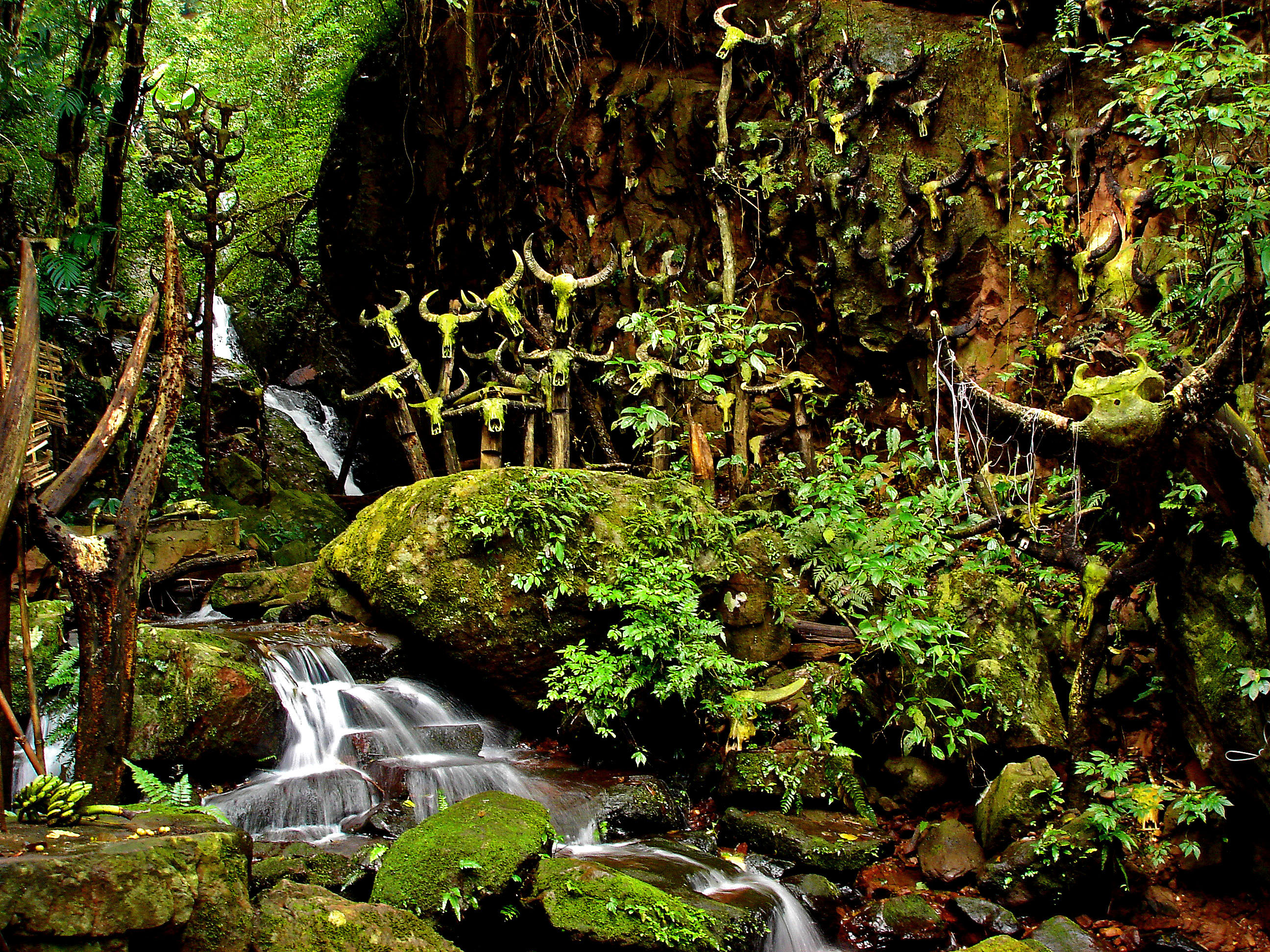
Reflections on the Wooden Drum Festival
Attending the Wooden Drum Festival was an experience that went beyond mere observation; it was an immersion into a culture that was both ancient and alive. It was a privilege to witness the pride the Wa people take in their customs and to see how they are actively keeping their traditions vibrant in the modern world.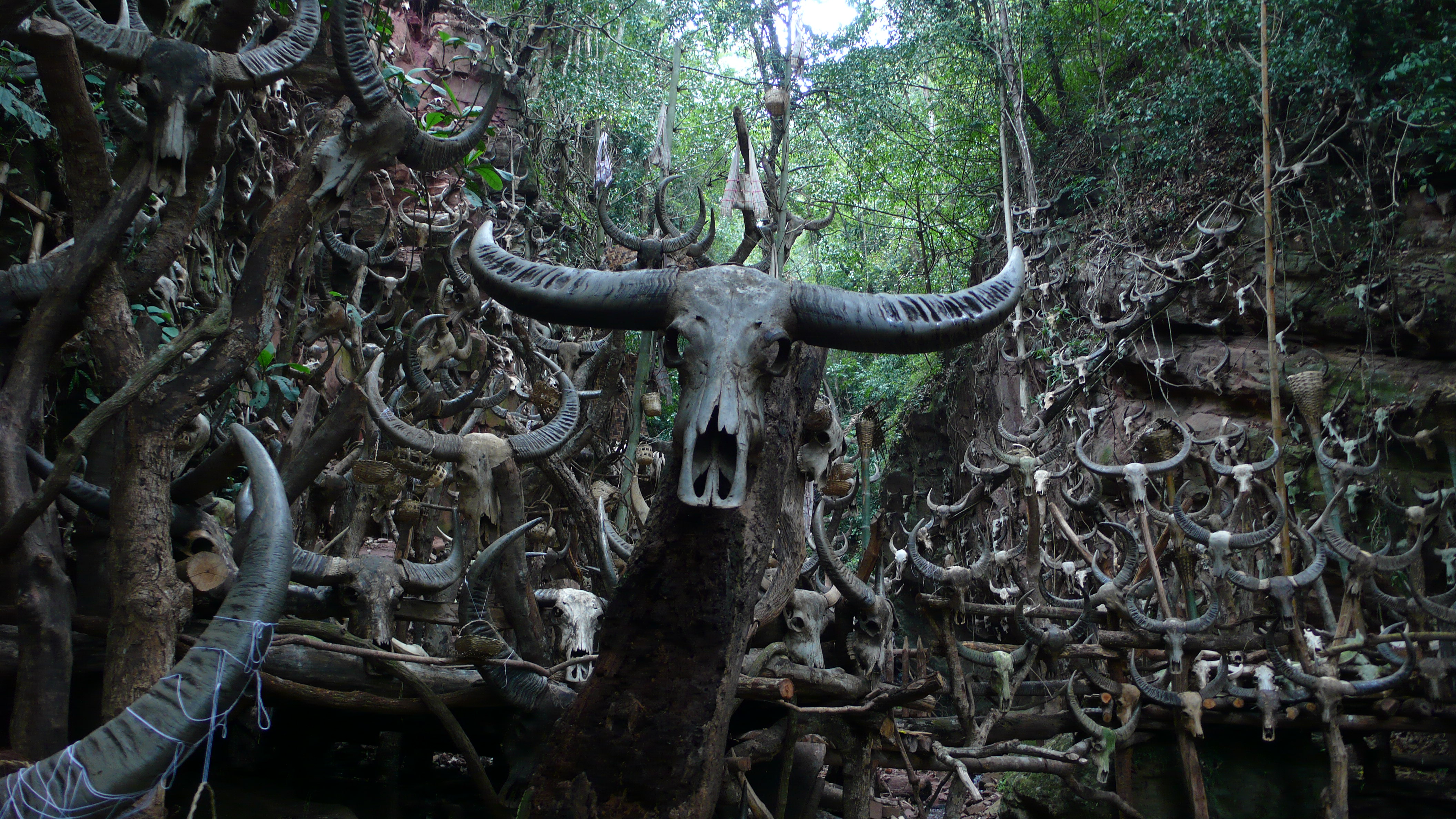
Tips for Future Travelers
- Respect the Culture: Always approach with respect and seek permission before taking photos or participating.
- Learn a Few Phrases: Knowing some basic phrases in the local language can go a long way in showing respect and making connections.
- Dress Appropriately: Wear modest clothing out of respect for the local culture, especially during the festival.
- Stay Eco-Friendly: Be mindful of your environmental impact when visiting such pristine areas.
Final Thoughts
The Wooden Drum Festival in Awa Mountain is a testament to the rich tapestry of cultures in Yunnan. It’s an event that fills the senses and the soul, providing a window into the heart of the Wa community. If you have the chance to visit Ximeng County during the festival, don’t hesitate. It’s a rare opportunity to participate in a living tradition that has been passed down through generations.
Remember, travel is not just about seeing new places, but also about experiencing new cultures and perspectives. The Wooden Drum Festival is one of those profound experiences that can change the way you view the world.
【Tips】Pu’er Minority Festival Date Reminders
- April 7th to April 9th, the “A’peng A’longni” Gourd Festival in Lancang Lahu Autonomous County of Pu’er City;
- April 10th to 13th, the Menglian · Nanyun Divine Fish Festival in Menglian Dai, Lahu, and Wa Autonomous County of Pu’er City;
- April 10th to 12th, the China · Wa Ethnic Group Drum Festival in Ximeng Wa Autonomous County of Pu’er City;
- April 13th to 18th, the Bulang Mountain Kang Tea Ancestor Festival in Jingmai Mangjing Scenic Area of Huimin Town, Lancang County, Pu’er City.
【Festival Schedule】2016 China · Wa Ethnic Group Drum Festival Event Details
-
“Wa Tribe” Original Ecological Song and Dance Performance
- Time: April 10th-11th (20:00-21:00)
- Location: Jiangsanmu Theater
- Event: “Wa Tribe” is an original ecological folk dance drama that encapsulates Wa ethnic myths, agricultural rituals, and customs. It vividly recreates the Wa people’s journey from primitive society, filled with awe, expectation, and worship of nature and the divine, and fully restores the story of how the Wa people have thrived on the magical and beautiful land of Wa Mountains. (Ticket price: 120 yuan/person)
-
Bonfire Dance Party
- Time: April 10th-11th (21:20-22:30)
- Location: Jiangsanmu Theater Square
- Event: Around the blazing bonfire, dance, sing Wa folk songs, and drink Wa rice wine with the jubilant Wa girls and boys in a festive celebration. Visitors can become the “Torch King” by auction and personally light the bonfire of revelry.
-
Lamu Drum Experience
- Time: April 11th (9:00-10:00)
- Location: Urban area (intersection in front of Longtan Hotel)
- Event: The “Lamu Drum” is a significant event in the life of the Wa people, involving the entire village. This activity recreates scenes of the Wa people’s drum-making and sacrificial rituals, interspersed with performances such as the Wa hair-swinging dance.
-
Ai Hei Mu Ha
- Time: April 11th (14:30-17:00)
- Location: Jiangsanmu Theater Square
- Event: When the dry season arrives and the village’s water sources dry up, the Wa people, led by the “Bacai,” search for new water sources to bring “new water” into the village, reviving the entire community and initiating a celebration of blessings and revelry centered around water.
-
Worship of Dragon Mo Ye
- Time: April 11th (16:00-17:00)
- Location: Mengsuo Longtan Scenic Area – Dragon Mo Ye Holy Site
- Event: A solemn and rich worship ceremony is held at the Dragon Mo Ye Holy Site in the most traditional, original, and devout Wa manner, led by the “Bacai” to worship the spirits, dispel disasters, and pray for safety.
-
Rice Pounding Competition
- Time: April 12th (8:00-11:00)
- Location: Jiangsanmu Theater Square
- Event: Locals and tourists alike participate in the traditional Wa rice-pounding activity by forming teams and registering. Winners will have the opportunity to receive mysterious items.
-
Green Triangle Music Festival (Ximeng Station)
- Time: April 12th
- Location: Jiangsanmu Theater Square
- Event: (9:00-11:00 Love Run; 14:30-17:00 “Charity Sale” and “Flea Market”, business promotion, and small-scale song and dance interactive performances; 19:30-22:00 Pu’er “Green Triangle” Music Festival (Ximeng Station) charity performance officially begins.
-
Commodity Exhibition and Sale & Gourmet Experience
- Time: April 10th to 12th
- Location: Around the Mengsuo Longtan Scenic Area
- Event: Organize exhibitions and sales of ethnic clothing, bags, millet, honey, and other Ximeng agricultural products and handicrafts, and showcase Ximeng’s specialty foods in related areas.
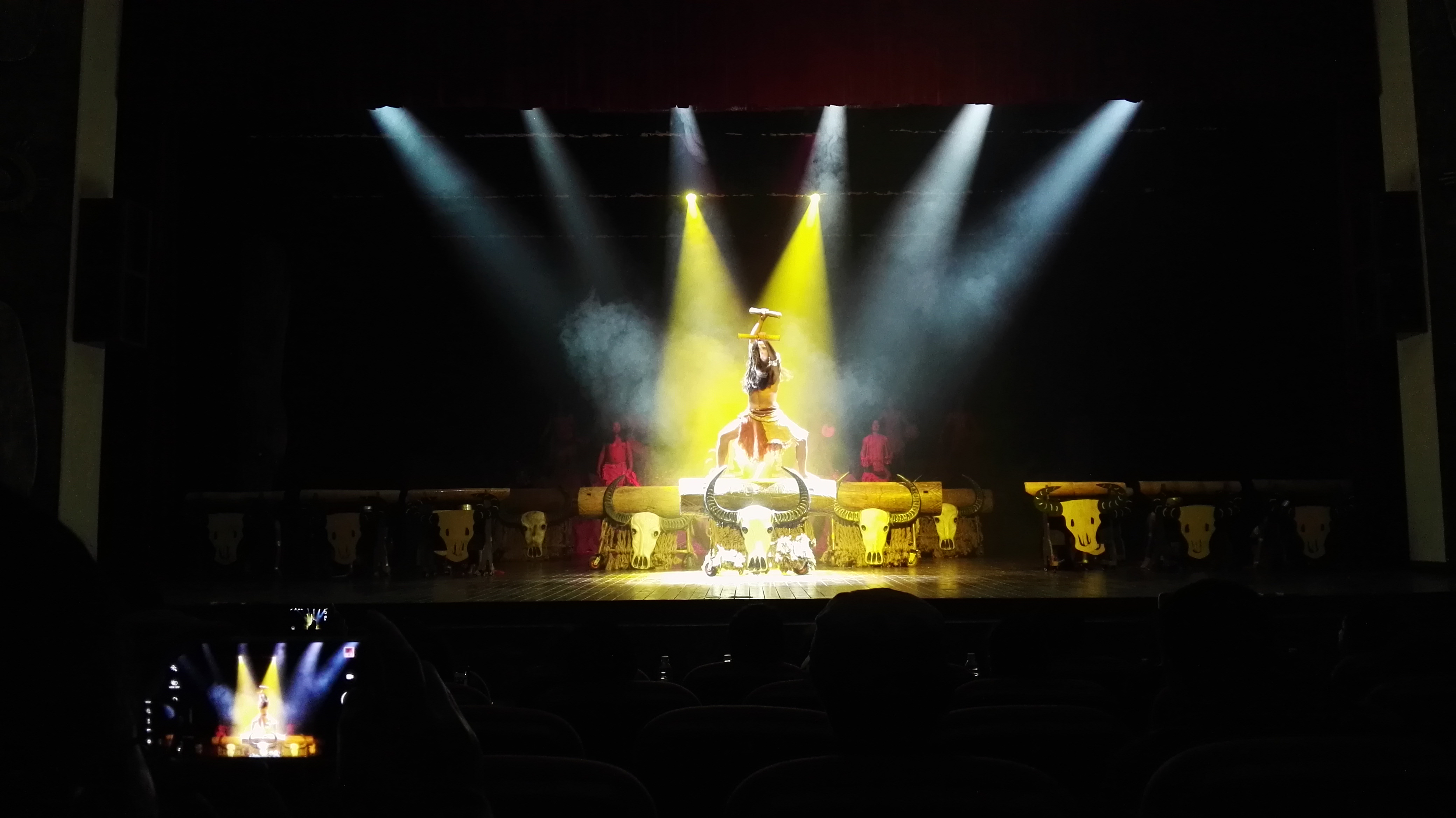

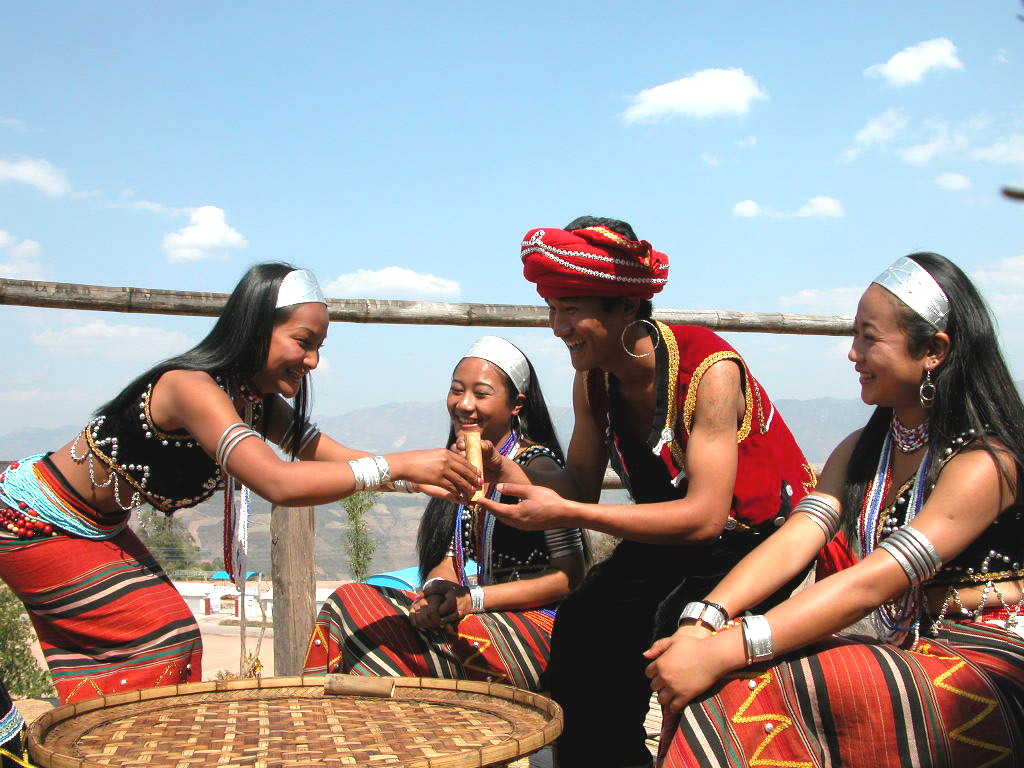

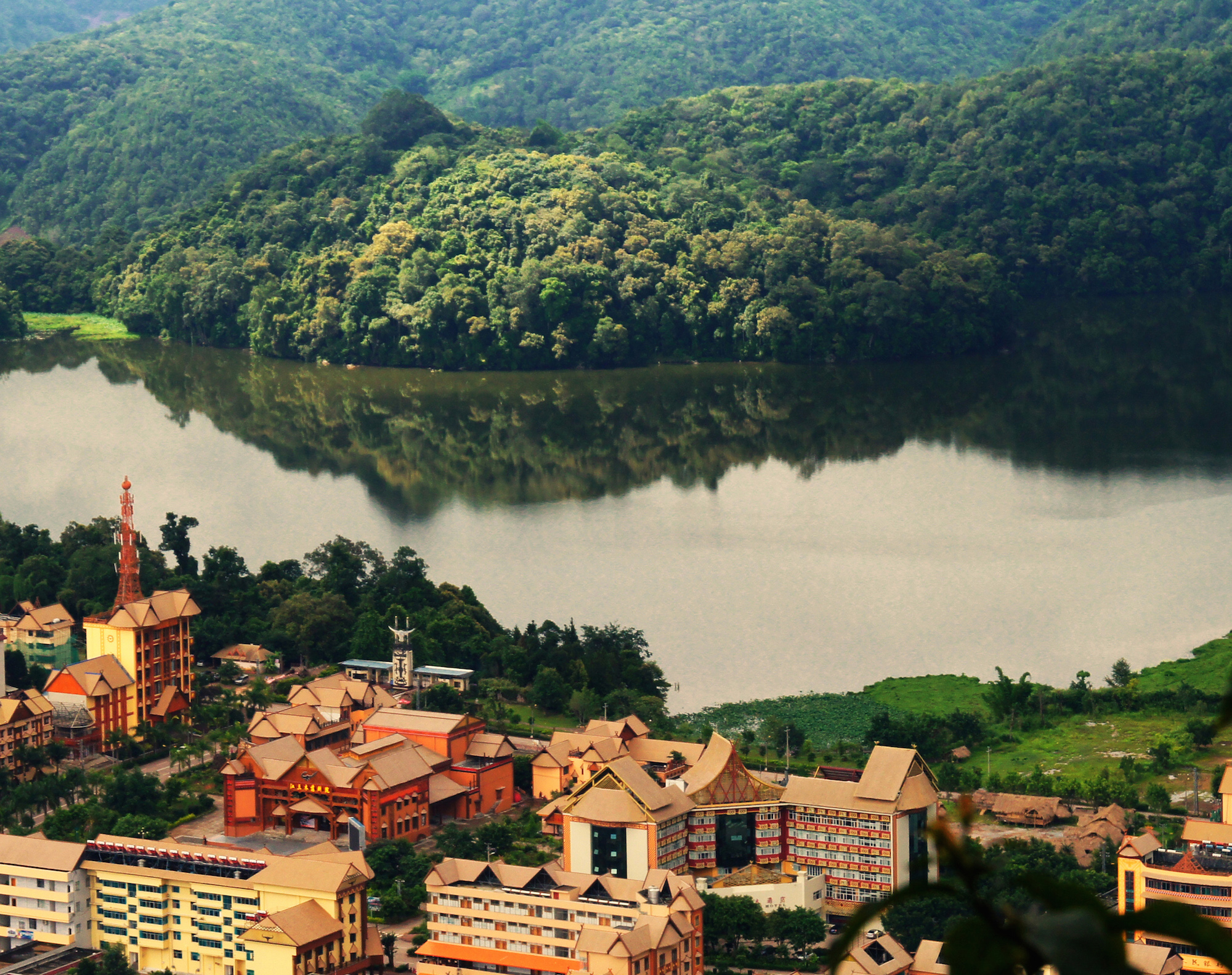
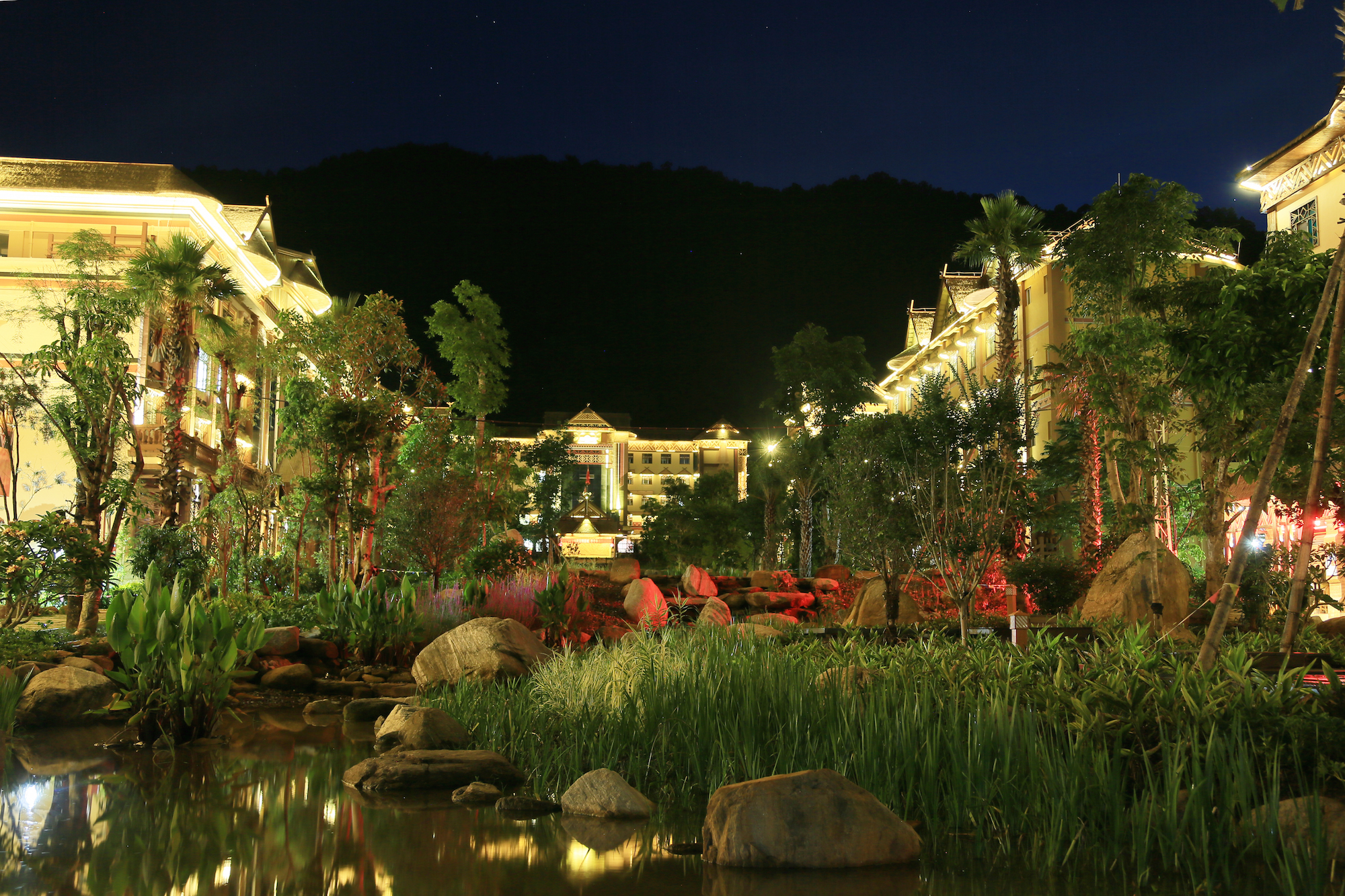
【Festival Background】
◆ The Legend of the Lamu Drum
It is said that among the Wa people, there was an ancestor named Anmuguai, who knew many ways to overcome floods and wild beasts. One day, a large tree fell in front of the cave she lived in. This was an ancient tree with a hollow trunk, which produced a loud “dong, dong, dong” sound when struck. Anmuguai would beat the tree during the day to gather people for hunting and gathering on the mountain; at night, she would strike it again to lead everyone in singing and dancing around the campfire. At that time, people could only fight beasts with sticks and stones. During the day, humans could defeat the beasts and hunt them for food; at night, humans could not win against the beasts, and the beasts would eat humans. Since Anmuguai struck the ancient wood, the beasts, hearing the sound of the wood and the songs and dances of the people, no longer dared to eat humans, allowing the people to survive in the mountains. Another legend says that the Lamu drum is used for worshiping the “Mo Wei” deity. The Wa people consider “Mo Wei” to be an incarnation of the human ancestor. He usually lives in the sky and only comes down to earth to protect the people and share joy with them when they beat the wooden drum. Therefore, the Wa people regard the wooden drum as an object that connects to heaven, and the first big event for any tribe after establishing a village is to beat the Lamu drum in ancestor worship.
Since ancient times, the Wa people have revered the wooden drum as a sacred object of worship, an ultimate divine instrument connecting to heaven, a protective deity upon which the village depends for survival. They believe that beating the wooden drum can communicate with the spirits, drive away evil, pray for peace in the village, and gather and motivate tribe members to resist foreign invasions. In the event of emergencies such as war, the wooden drum is used to sound the alarm and gather people; hunters beating the drum show respect when they capture beasts like tigers and leopards; during festivals or religious ceremonies, the wooden drum is an invigorating instrument.
When people strike the body of the drum with large wooden sticks, it can produce four different sounds (usually played by one person, but also by several in unison), resonant and powerful, with interlocking rhythms, forming a specific “drum language.” After the 1970s, the wooden drum was modified and became the most representative instrument of the Wa people, stepping onto the stage of the new era of arts.
◆ Making of the New Wooden Drum
On the morning of the day of making the Lamu drum, an ox is slaughtered. This is the first ceremony of the Wa people during major festivals. The ox is tied to the “Ox Horn Fork” (a wooden fork planted in the center of the village square resembling ox horns), and the Mo Ba (shaman) dances and chants the sacrificial spells in front of it. After the chanting, a man holding a shuttle dart powerfully pierces the right shoulder of the ox, which is considered auspicious if the ox falls on its left side and blood sprays upward. Otherwise, the process is repeated until an auspicious sign appears. In the afternoon, tools and weapons such as knives, axes, guns, crossbows, and shuttle darts are prepared and tested. Around seven o’clock in the evening, the Mo Ba and others fire guns to summon the young and strong men to go up the mountain to make the wooden drum. Three or four people carrying knives, axes, and torches lead the way, and when everyone has gathered, they fire guns and shoot crossbows at the treetop of the selected tree to drive away tree spirits; then the Mo Ba chants spells, cuts a few chops into the large tree, followed by everyone taking turns to chop down the tree.
◆ Worship of Dragon Mo Ye
Whenever the Wa people face significant events, hold major activities, or encounter severe natural disasters that result in insurmountable difficulties, they go to the sacred site of Dragon Mo Ye to worship. Through the sacred worship ceremony, sacrificial items are offered to the “multitude of spirits” to seek their blessings for happiness and peace, to help people overcome the hardships and difficulties in production and life, to avoid disasters, and thus to prosper in livestock and agriculture, leading to a peaceful and prosperous community life. The scale of the worship of Dragon Mo Ye varies. For major worship events, respected leaders known as “Ba Cai” lead the people of the tribe, carrying sacrifices, grains, tobacco, alcohol, tea, etc., to the worship; the simplest form of worship involves tying a white string carried on one’s person to a bull’s head and making a wish.
◆ The Custom of Tying Strings
Tying strings is a widespread custom among the Wa people. The small knot of string is considered a talisman that protects the soul, a magical remedy for blessing and disaster relief. The main body part for tying strings is the wrist, and the activity is usually presided over by a Ba Cai or an elder. During the string-tying process, different blessings are recited according to the purpose of the string-tying, to protect people from disasters, leading to prosperity in people and livestock, abundant harvests, and a peaceful and prosperous community life. The worship of Dragon Mo Ye can be large or small in scale. For significant worship events, the respected Ba Cai leads the people of the tribe, carrying sacrifices, grains, tobacco, alcohol, tea, etc., to worship; the simplest form of worship involves tying a white string carried on one’s person to a bull’s head and making a wish.

 7 Days GolfingTour
7 Days GolfingTour
 8 Days Group Tour
8 Days Group Tour
 8 Days Yunnan Tour
8 Days Yunnan Tour
 7 Days Shangri La Hiking
7 Days Shangri La Hiking
 11 Days Yunnan Tour
11 Days Yunnan Tour
 6 Days Yuanyang Terraces
6 Days Yuanyang Terraces
 11 Days Yunnan Tour
11 Days Yunnan Tour
 8 Days South Yunnan
8 Days South Yunnan
 7 Days Tea Tour
7 Days Tea Tour
 8 Days Muslim Tour
8 Days Muslim Tour
 12 Days Self-Driving
12 Days Self-Driving
 4 Days Haba Climbing
4 Days Haba Climbing
 Tiger Leaping Gorge
Tiger Leaping Gorge
 Stone Forest
Stone Forest
 Yunnan-Tibet
Yunnan-Tibet
 Hani Rice Terraces
Hani Rice Terraces
 Kunming
Kunming
 Lijiang
Lijiang
 Shangri-la
Shangri-la
 Dali
Dali
 XishuangBanna
XishuangBanna
 Honghe
Honghe
 Kunming
Kunming
 Lijiang
Lijiang
 Shangri-la
Shangri-la
 Yuanyang Rice Terraces
Yuanyang Rice Terraces
 Nujiang
Nujiang
 XishuangBanna
XishuangBanna
 Spring City Golf
Spring City Golf
 Snow Mountain Golf
Snow Mountain Golf
 Stone Mountain Golf
Stone Mountain Golf
















